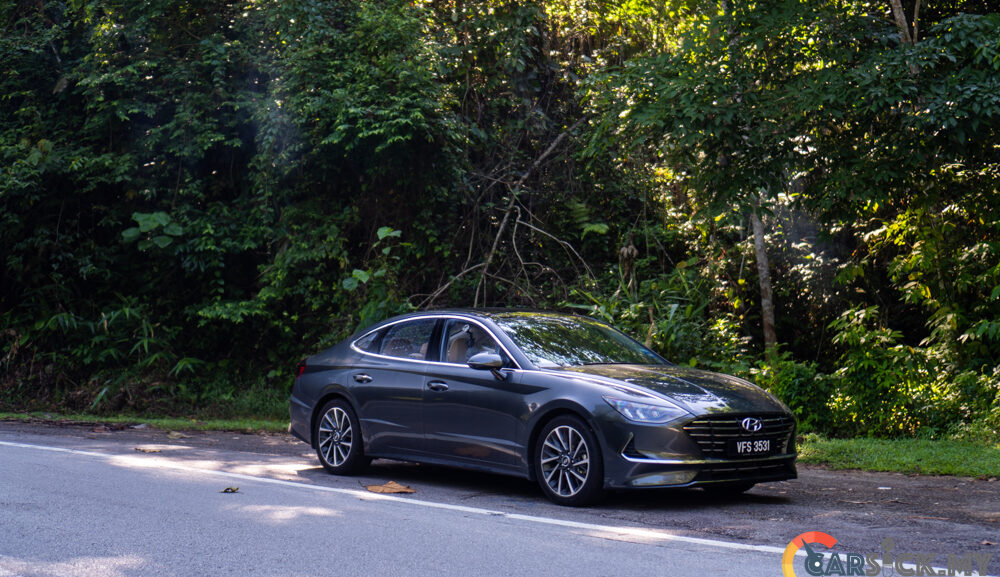The Hyundai Sonata is the 8th generation of Hyundai’s D-segment sedan, and this new car carries a sharper overall design that is reminisce of the 6th generation sonata. Back then, the 6th generation Sonata was a huge success for Hyundai that the car has manage to pull the heartstrings of many new buyers back then. Armed with a new design, let’s see if Hyundai manage to reignite the interest. 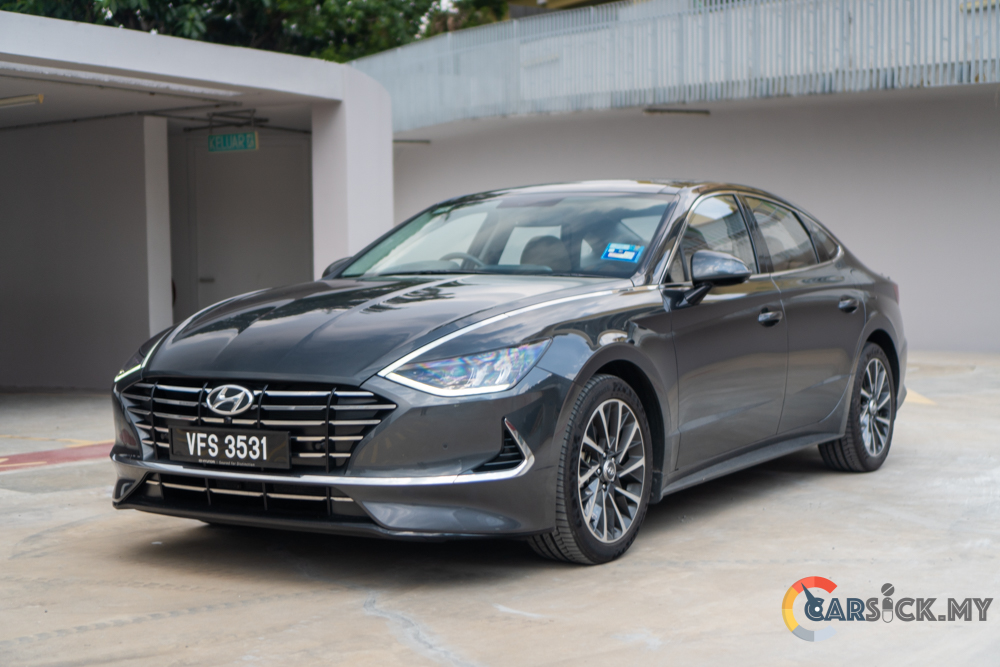

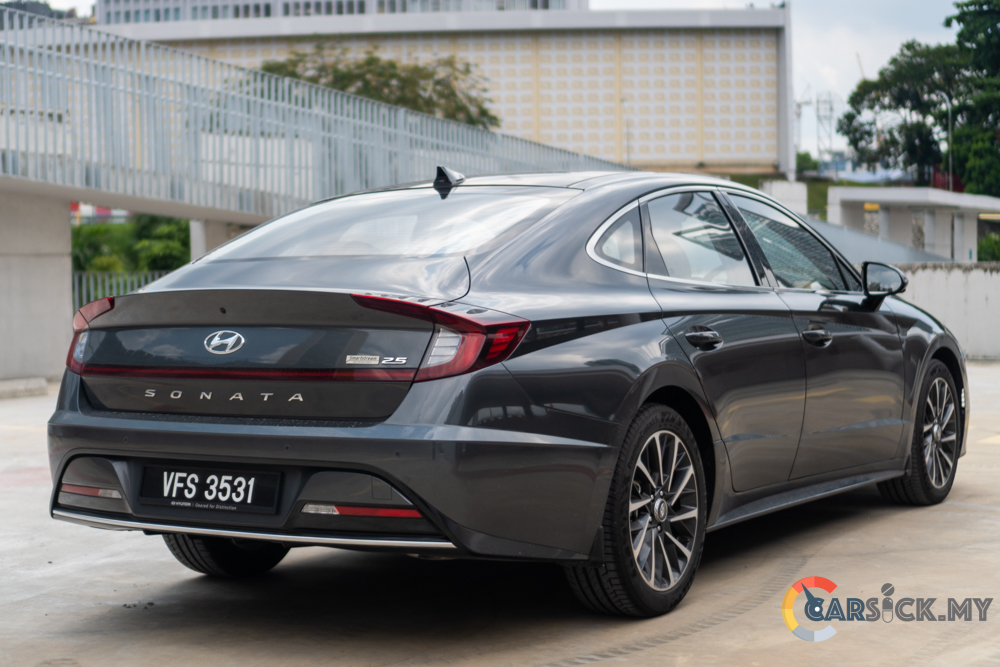 From the outside, the Sonata is a very handsome looking car. I really like the way Hyundai designers made the lines flow around the car. The styling is very edgy and futuristic, it is a signal that Hyundai is targeting younger buyers with this new design language.
From the outside, the Sonata is a very handsome looking car. I really like the way Hyundai designers made the lines flow around the car. The styling is very edgy and futuristic, it is a signal that Hyundai is targeting younger buyers with this new design language. 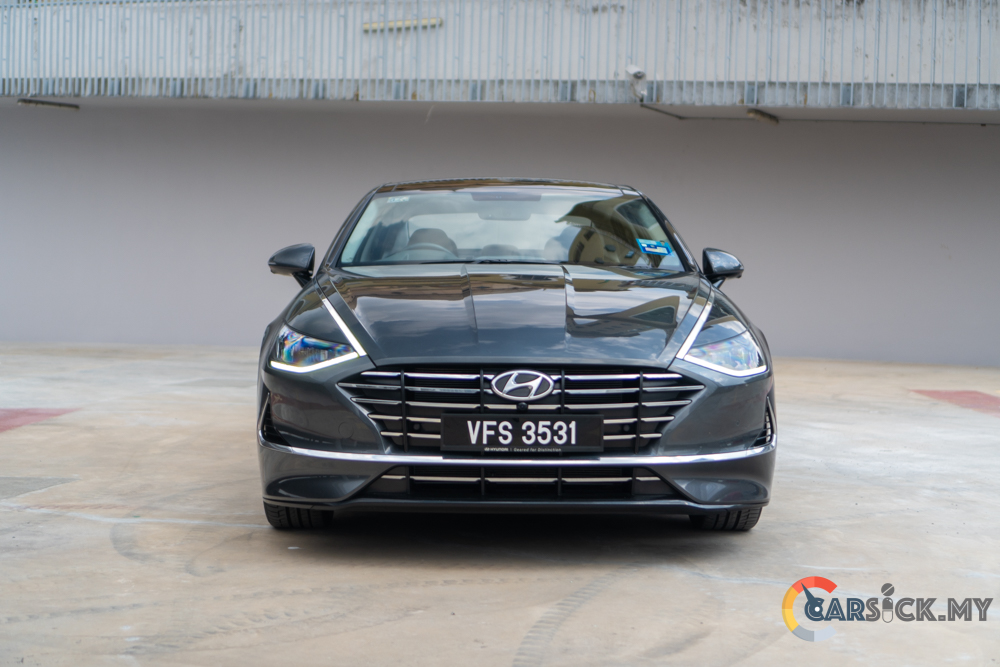

The part that peak my interest are the front headlights and rear taillights. It has a distinctive look to it. At the front, Hyundai manage to blend the daytime running light into the chrome bar that runs to the c-pillar of the Sonata. This is something I’ve never seen on other cars before. 
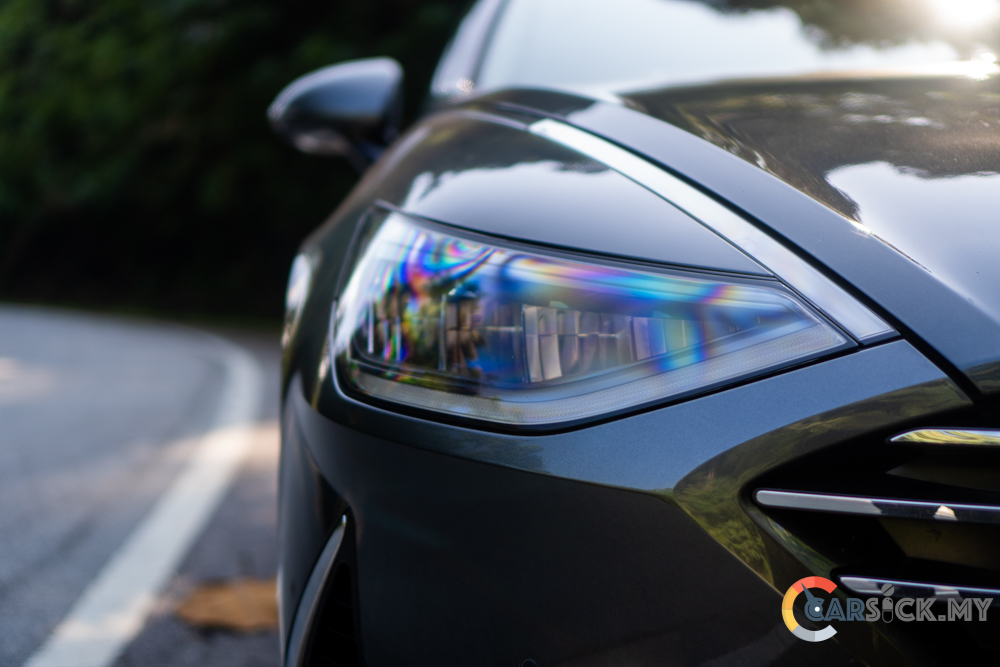 While at the back, there is a lightbar that runs across the whole rear of the Sonata, it reminds me of some other continental cars. At each corners, the multispoke rims wrapped in 235/45 R18 tyres do complete the upmarket look of the vehicle.
While at the back, there is a lightbar that runs across the whole rear of the Sonata, it reminds me of some other continental cars. At each corners, the multispoke rims wrapped in 235/45 R18 tyres do complete the upmarket look of the vehicle. 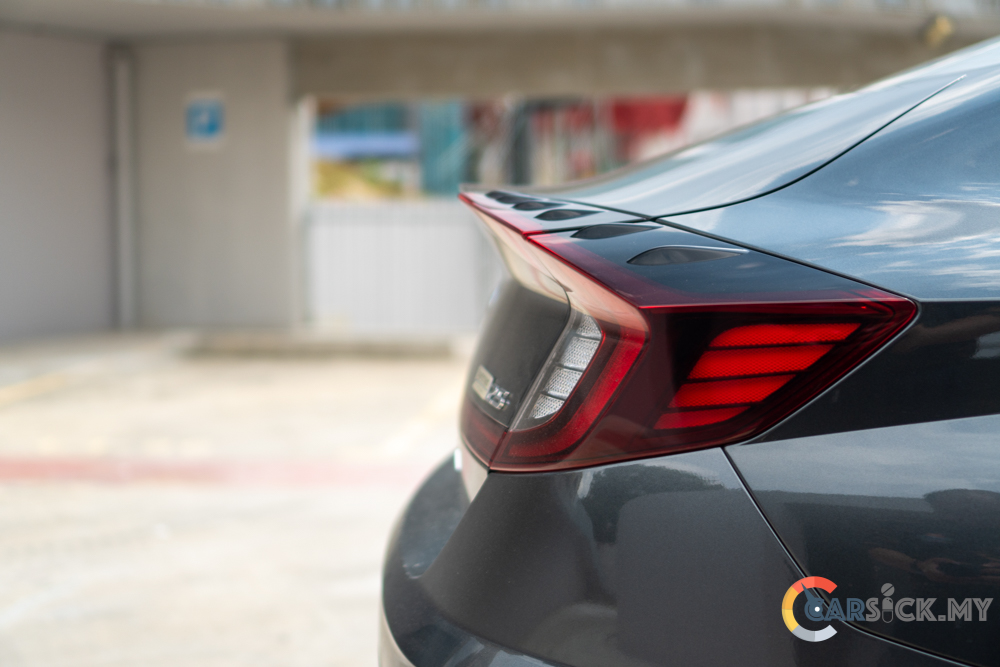
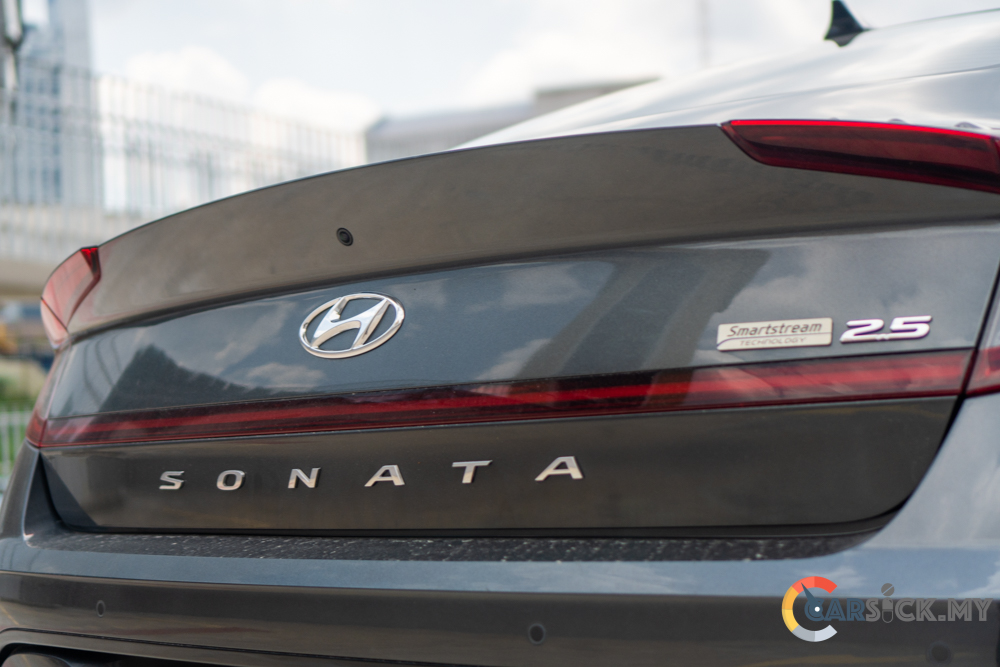
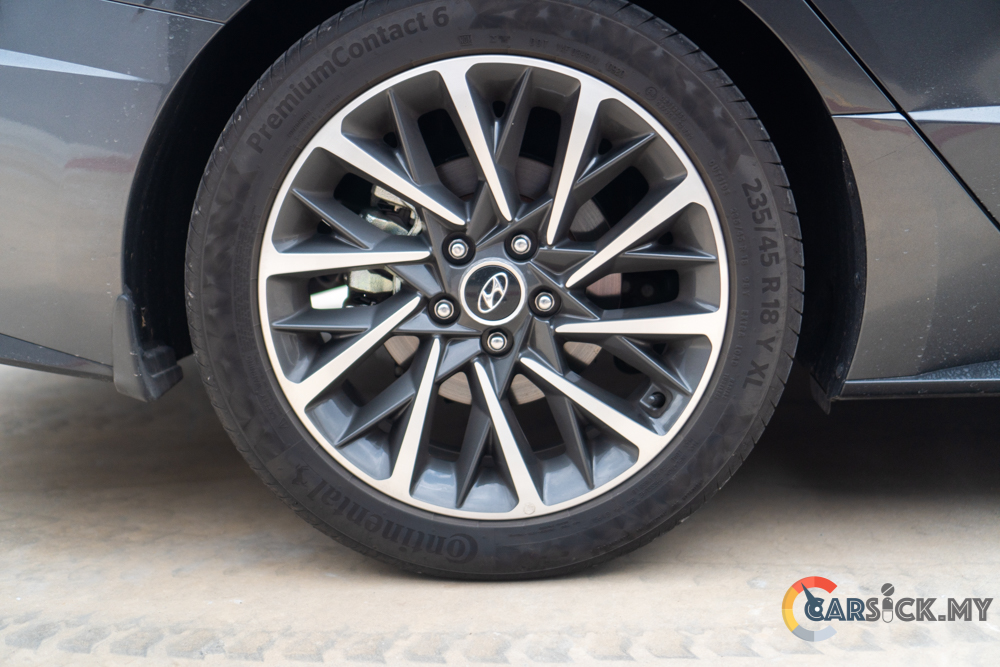
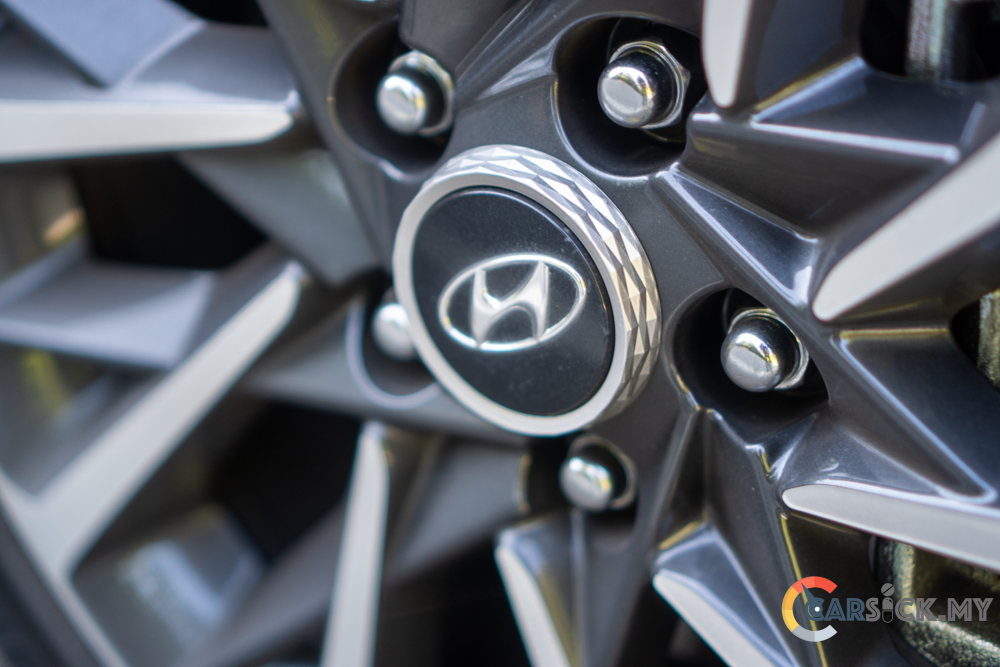 For the interior, the 1st impression that I get is how bright and airy it looks and feels on the inside. Even without opening up the large sunroof, the interior is still retains the same feeling. Seating in the driver seat, the seat is comfortable and the seating position is spot on, all the switches and toggles are within the driver’s reach. The leather on the seats are also perforated to keep the driver cooled after seating for a long period of time.
For the interior, the 1st impression that I get is how bright and airy it looks and feels on the inside. Even without opening up the large sunroof, the interior is still retains the same feeling. Seating in the driver seat, the seat is comfortable and the seating position is spot on, all the switches and toggles are within the driver’s reach. The leather on the seats are also perforated to keep the driver cooled after seating for a long period of time. 
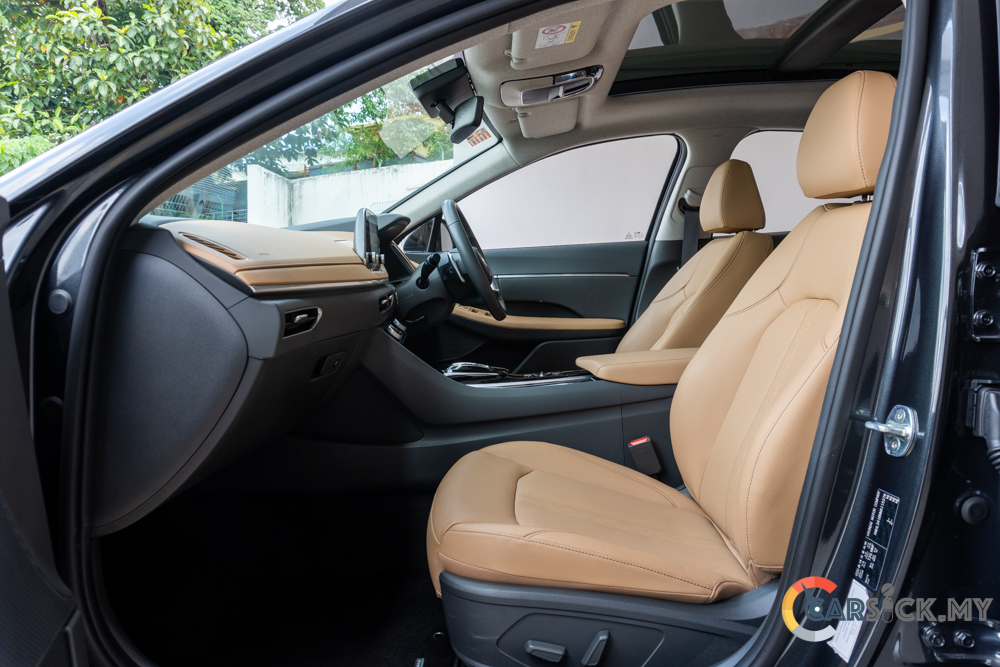

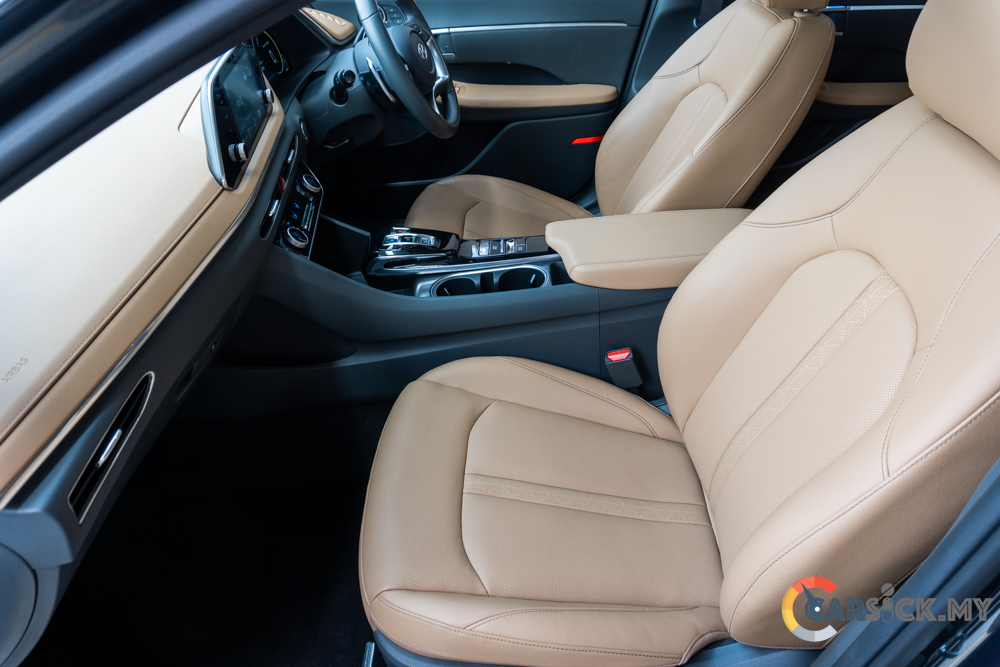
 After spending time in the new Elantra, the interior of the Sonata do feel a little basic when compared to the Elantra. Apart from the 360 camera, I think the system in the Elantra is far more superior due the availability of wireless Android Auto and Apple Carplay. On the bright side, wired Android Auto and Apple Carplay can still be found on the Sonata to provide the basic infotainment needs in a car. The sound system that was hooked up to the infotainment do pump out decent audio quality.
After spending time in the new Elantra, the interior of the Sonata do feel a little basic when compared to the Elantra. Apart from the 360 camera, I think the system in the Elantra is far more superior due the availability of wireless Android Auto and Apple Carplay. On the bright side, wired Android Auto and Apple Carplay can still be found on the Sonata to provide the basic infotainment needs in a car. The sound system that was hooked up to the infotainment do pump out decent audio quality. 

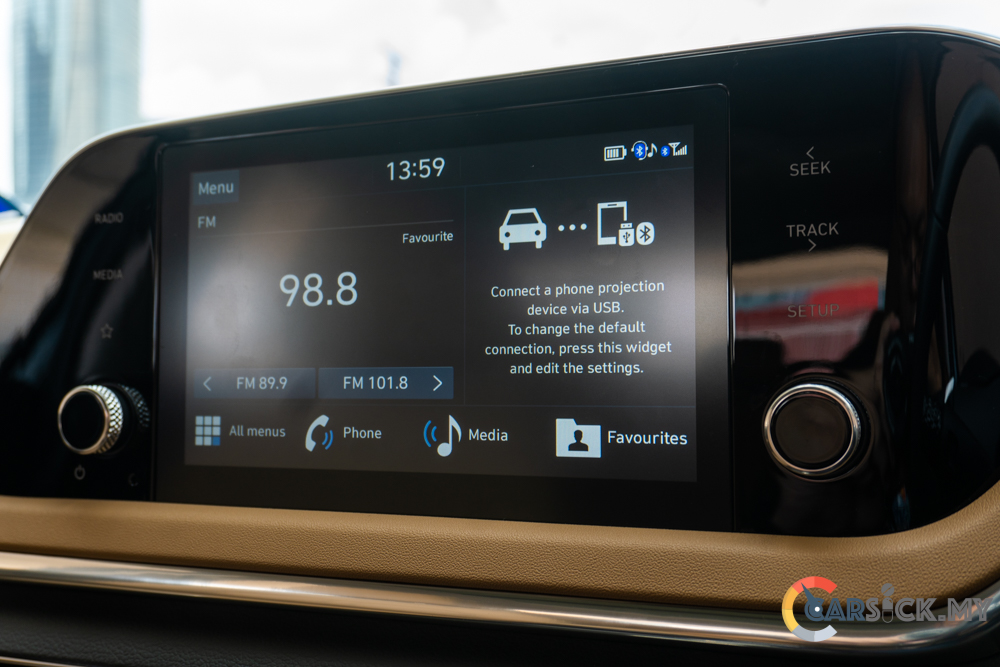
 Besides that, Hyundai also utilizes another screen as the instrument cluster on the Sonata. Above the instrument cluster, there is also a nice heads up display to show the speed of the car without me taking my eyes off the road. The digital instrument cluster is clear and all the details on it are easy to read, but I do notice there is some lag when it comes to switching between the different drive modes. Being a digital instrument cluster, Hyundai has also introduced their superb blindspot monitoring system. With a flick of the signal stalk, the instrument cluster will flip into a camera image on either the tachometer side or speedometer side, to give the driver a glimpse of any vehicle sitting in their blind spot.
Besides that, Hyundai also utilizes another screen as the instrument cluster on the Sonata. Above the instrument cluster, there is also a nice heads up display to show the speed of the car without me taking my eyes off the road. The digital instrument cluster is clear and all the details on it are easy to read, but I do notice there is some lag when it comes to switching between the different drive modes. Being a digital instrument cluster, Hyundai has also introduced their superb blindspot monitoring system. With a flick of the signal stalk, the instrument cluster will flip into a camera image on either the tachometer side or speedometer side, to give the driver a glimpse of any vehicle sitting in their blind spot. 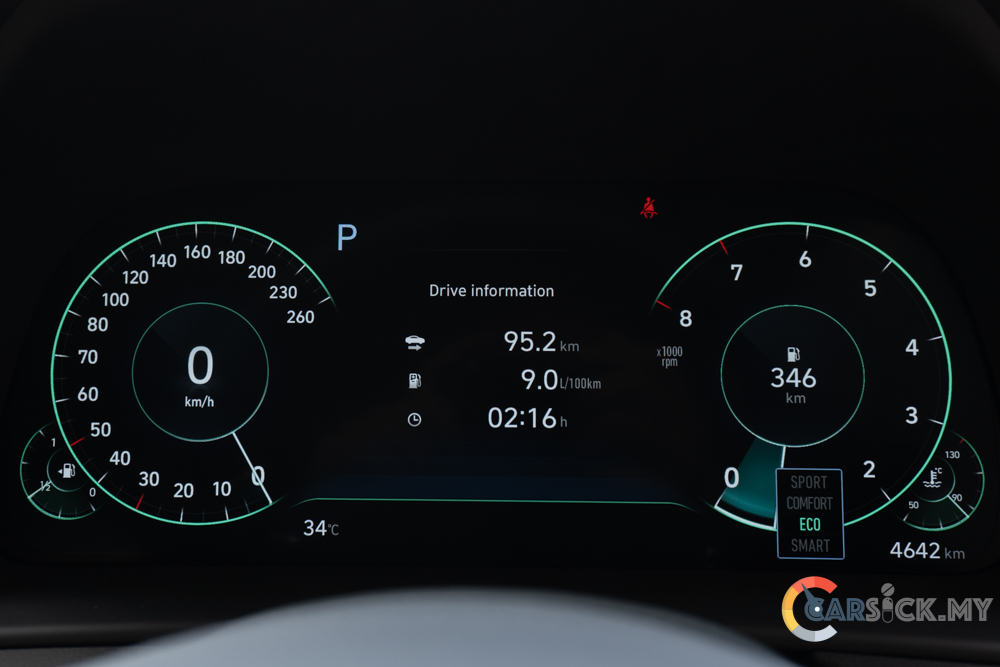
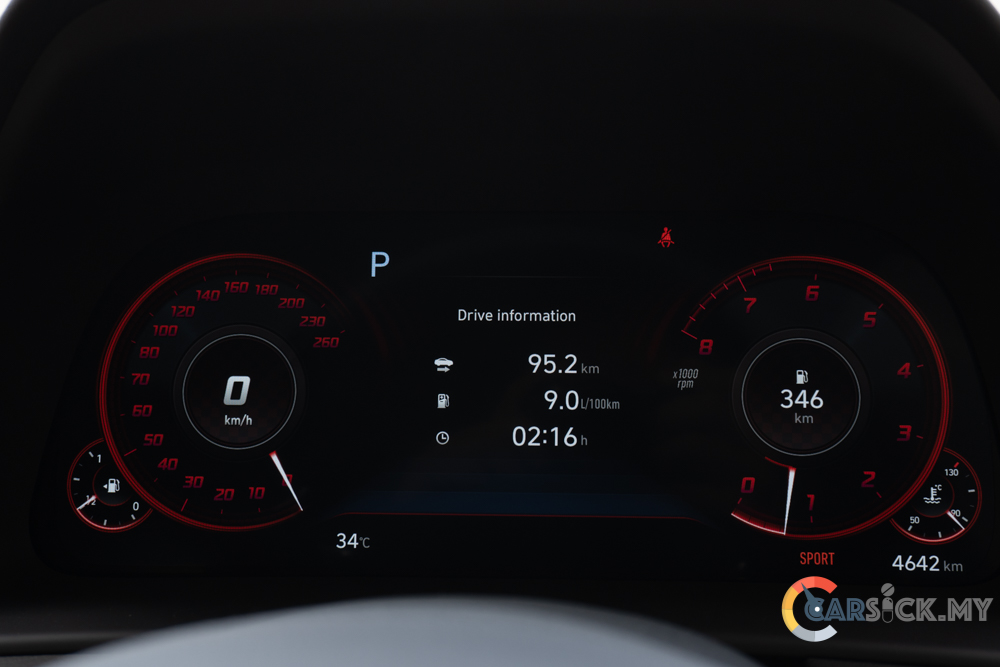

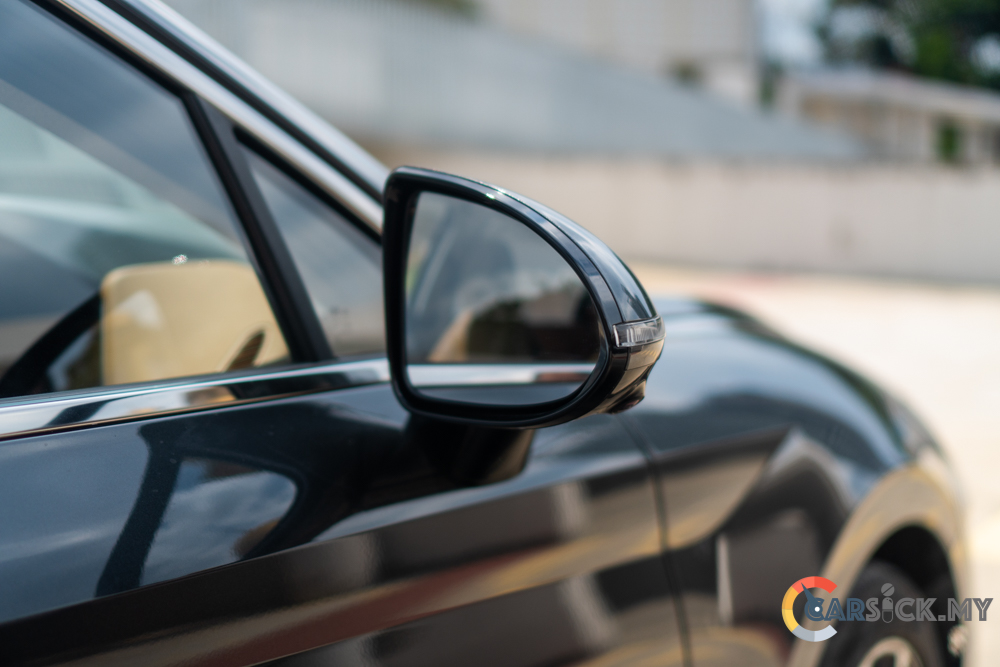 Hopping into the rear seats, the seats are comfortable with sufficient legroom and headroom space. There’s one thing that Hyundai could improve for the rear passenger, is by adding build in sunshades on the rear windows to block out the sun from shining directly at the rear passengers. While on the motorway, I do notice that there are some wind noise sipping into the cabin through the sunroof, and the road noise can be a little distracting.
Hopping into the rear seats, the seats are comfortable with sufficient legroom and headroom space. There’s one thing that Hyundai could improve for the rear passenger, is by adding build in sunshades on the rear windows to block out the sun from shining directly at the rear passengers. While on the motorway, I do notice that there are some wind noise sipping into the cabin through the sunroof, and the road noise can be a little distracting. 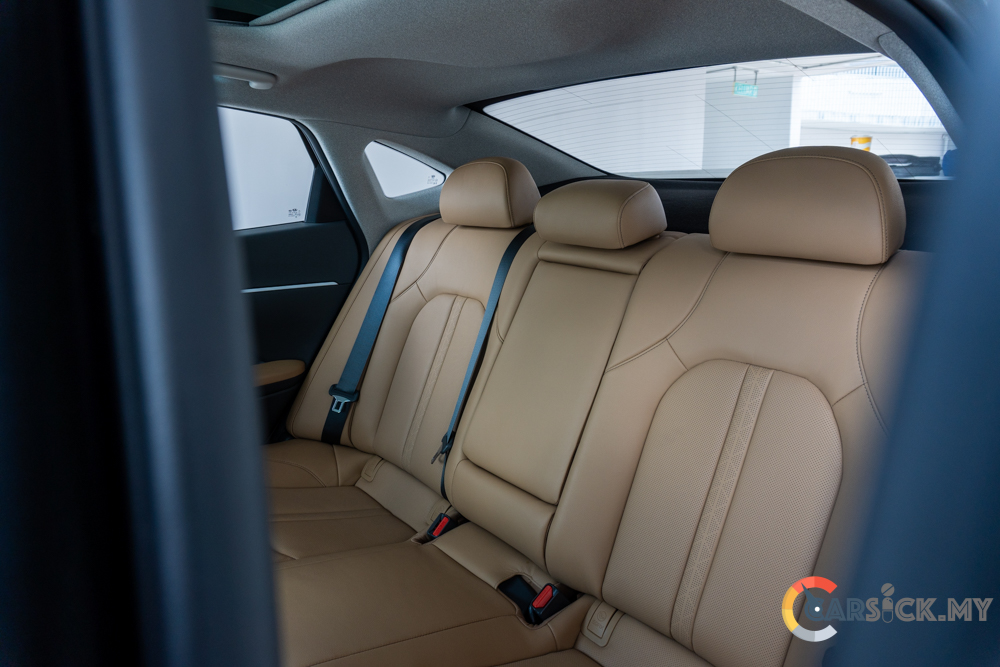
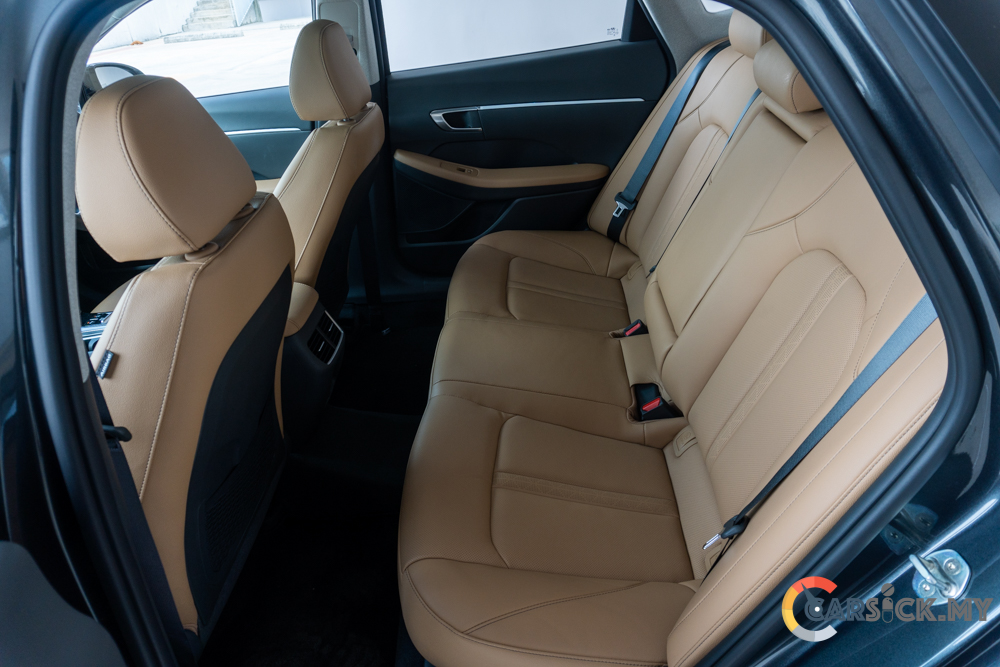
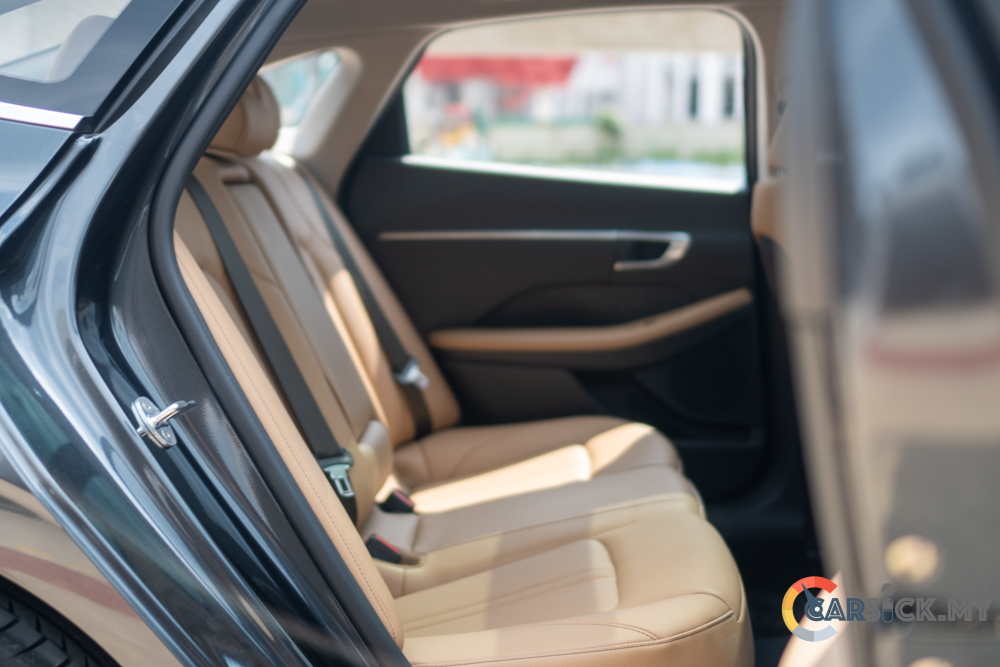 Getting behind the wheel, the Sonata felt like a much smaller car than it is. The Sonata’s steering is light but it gives a good amount of feedback to the driver, in turn, I have the confidence to push the car through the corners. The sonata is very willing to turn into the corner without much understeer.
Getting behind the wheel, the Sonata felt like a much smaller car than it is. The Sonata’s steering is light but it gives a good amount of feedback to the driver, in turn, I have the confidence to push the car through the corners. The sonata is very willing to turn into the corner without much understeer. 
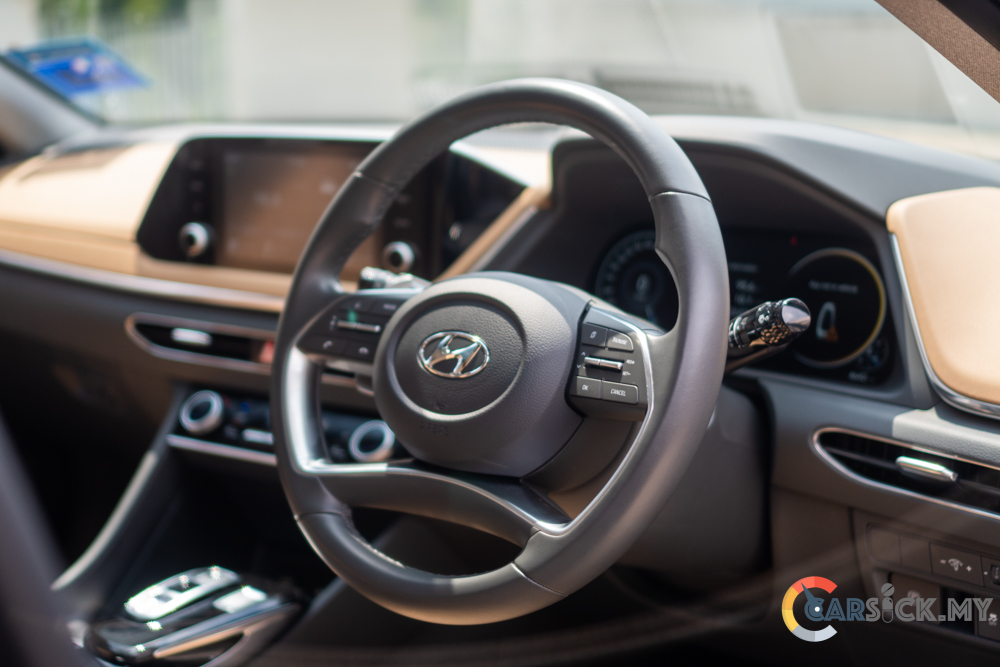 Apart from that, the suspension that comes fitted on Sonata is tune towards the sporty side. The suspension is firm, but is not stiff. It keeps the body roll in check when taking corners. Being a firm suspension, the Sonata can feel a little bumpy from time to time.
Apart from that, the suspension that comes fitted on Sonata is tune towards the sporty side. The suspension is firm, but is not stiff. It keeps the body roll in check when taking corners. Being a firm suspension, the Sonata can feel a little bumpy from time to time.
In Malaysia, we don’t really get much choices in terms of powertrain for the Sonata. The power train we have here is still a fairly new engine, which is the 2.5L Smartstream 4 cylinder engine that is able to produce 180PS and 232Nm of torque, and is paired with a 6 speed conventional automatic transmission. 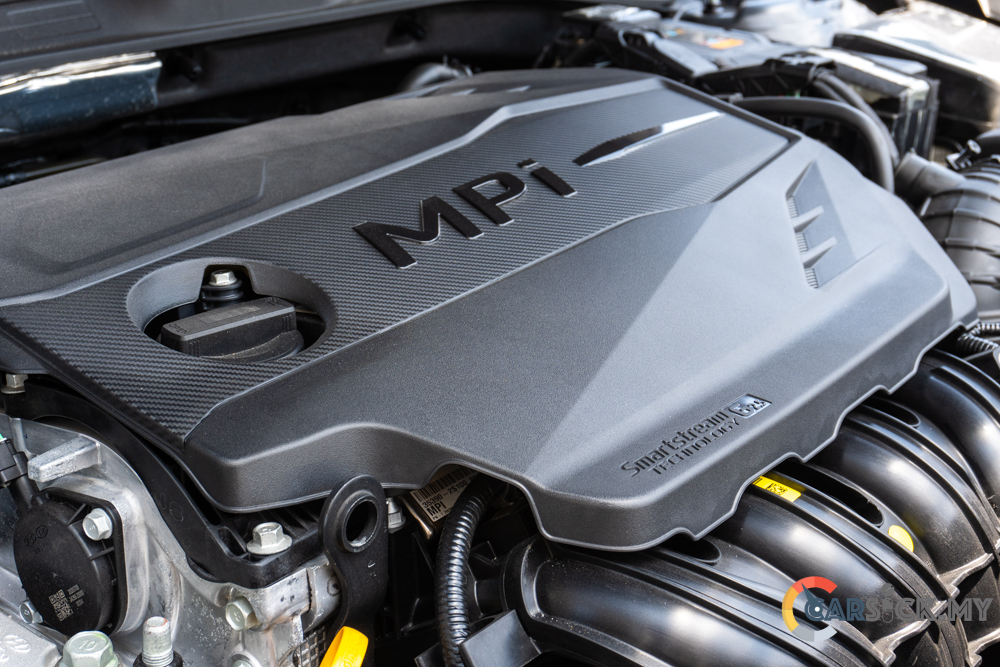
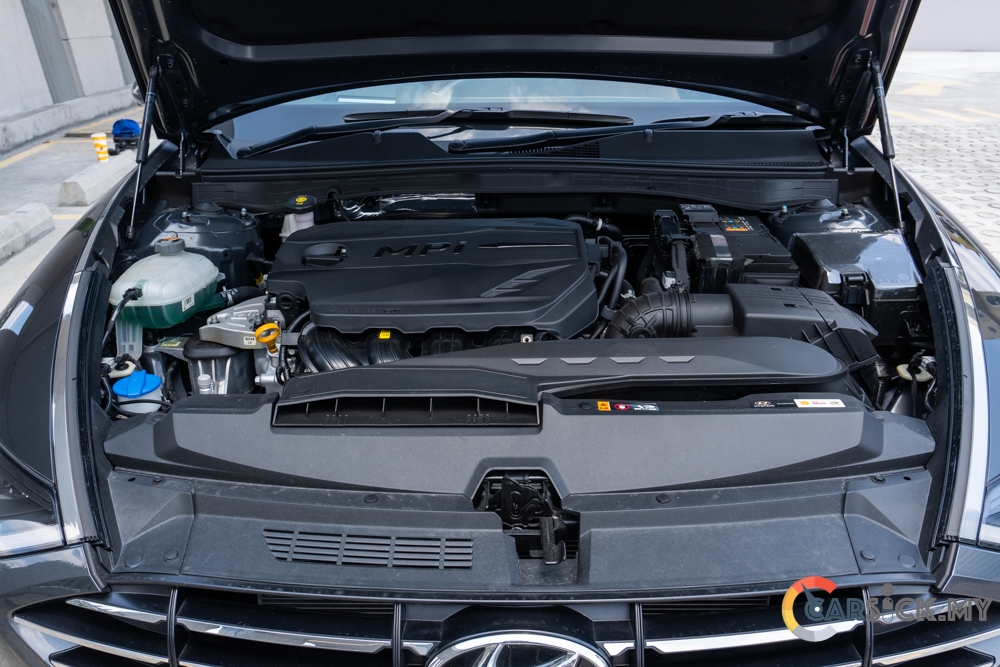

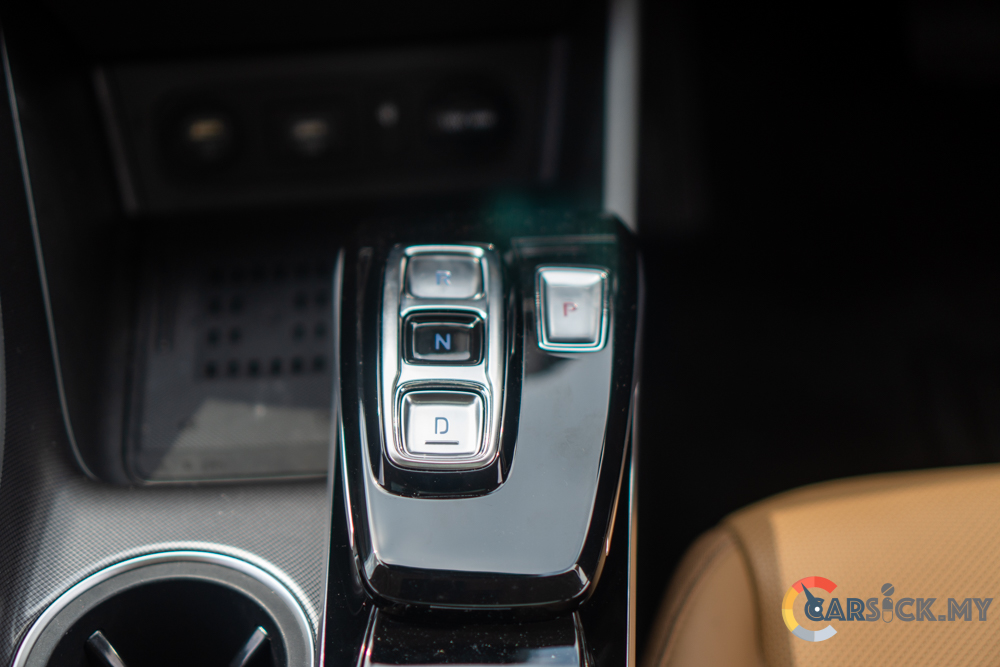 This engine is a very smooth, it felt livelier when the engine speed goes past the 4,000rpm mark. The engine performance is on par with other 2.5L engine from the competitors. While on the go, the engine have sufficient puling power to get the car going. When it comes to overtaking, I would recommend the driver to build the rpm before performing overtake.
This engine is a very smooth, it felt livelier when the engine speed goes past the 4,000rpm mark. The engine performance is on par with other 2.5L engine from the competitors. While on the go, the engine have sufficient puling power to get the car going. When it comes to overtaking, I would recommend the driver to build the rpm before performing overtake.
Let’s talk about braking performance, the 4 wheel disc brakes do provide sufficient stopping power, and the brake pedal is progressive enough to allow me to modulate the brakes. As for safety, the sonata is a little lacking in this department. Apart from the blind spot monitoring system that was previously mentioned, the local sonata comes standard with the usual passive safety system, which begs the question of why HMC would not make the full smart safety sense system available for Malaysian market.
As the market is shifting towards SUV, it is nice to see that Hyundai is still providing us with the option to purchase a sedan. The Sonata is currently priced at rm189,800, it sits squarely at the price range of other d-segment sedans. I personally feel that HMC could make the sonata even more appealing by giving us the whole host of Hyundai smart sense safety system. The Sonata itself is a very good looking car with a futuristic design, and it is quite a comfortable car to be in. People should go and test drive the Hyundai Sonata if they are looking for a D-segment sedan. 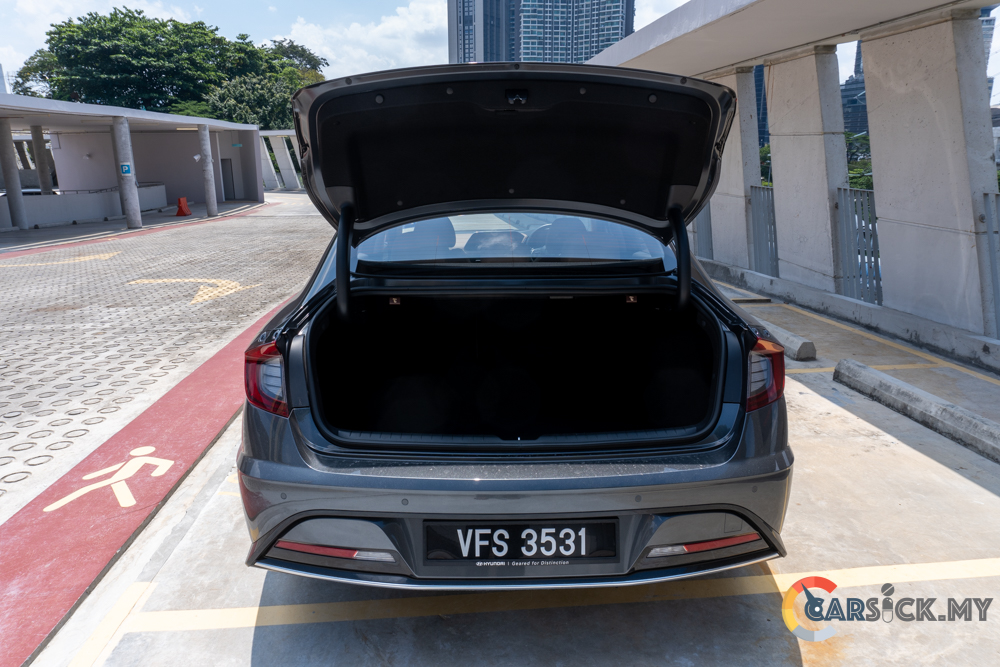
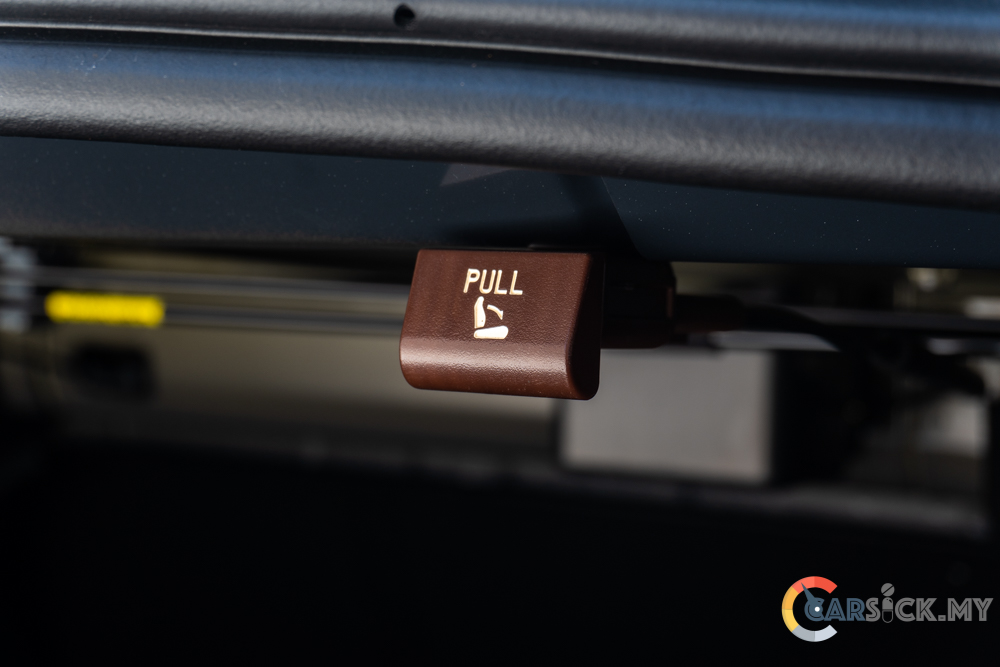
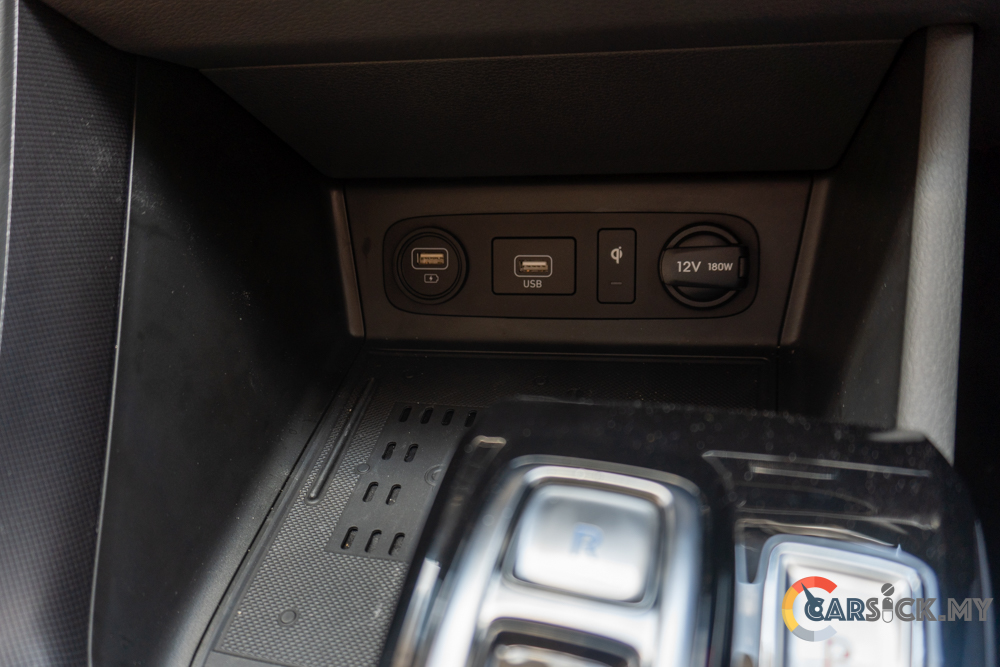


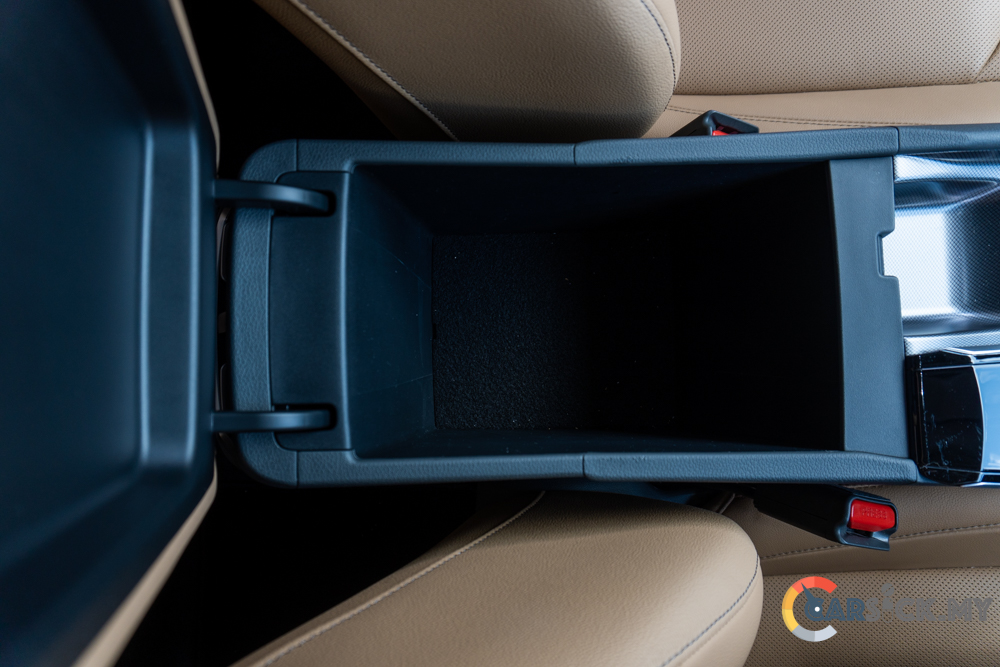
View full photo gallery here.
Video:
